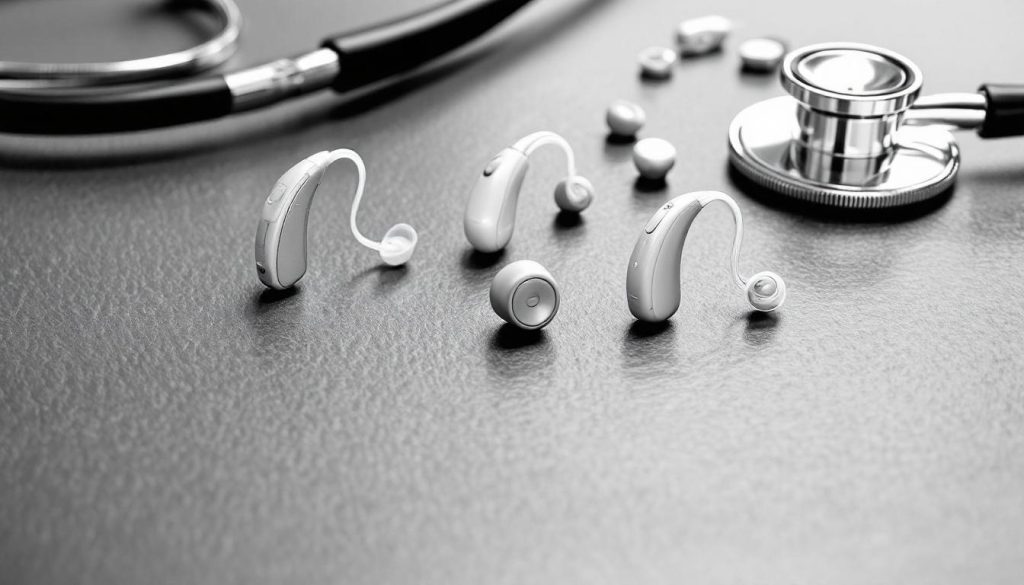Hearing loss is a widespread condition affecting approximately 1.5 billion people globally, nearly 20% of the population. According to the World Health Organization (WHO), the number of individuals suffering from disabling hearing loss may exceed 700 million by 2050. Those experiencing difficulties such as struggling to follow speech in noisy environments or frequently raising the volume on TVs and radios should consider consulting an audiologist. Various proven treatments are available to improve hearing and enhance quality of life.
One of the most common and effective solutions for hearing impairment is the use of hearing aids. These devices, which come in several styles—including behind-the-ear, in-the-ear, and completely-in-canal designs—work by amplifying sounds naturally. Modern hearing aids are battery-operated, non-invasive, and adjustable, catering to diverse levels of hearing loss, lifestyles, cosmetic preferences, and budgets. They help users engage in conversations, enjoy music, and appreciate environmental sounds previously missed.
For individuals with profound hearing loss who do not benefit sufficiently from hearing aids, cochlear implants offer a surgical alternative. These devices bypass damaged inner ear structures by directly stimulating the auditory nerve and involve an internal implant paired with an external sound processor. Successful outcomes from cochlear implants often depend on follow-up rehabilitation, including speech therapy, which aids in adjusting to new auditory experiences. This treatment is considered safe when performed by qualified professionals and is suitable for both adults and children, with candidates as young as a few months old.
Additional supportive technologies include assistive listening devices (ALDs), such as FM systems, infrared systems, and Bluetooth-enabled devices. These tools are beneficial as standalone or complementary solutions, enhancing sound clarity in challenging listening environments like classrooms, theatres, and crowded restaurants. They particularly improve speech understanding, which remains a critical concern for those with hearing loss.
Speech therapy is another vital component of managing hearing impairment. It helps individuals improve communication skills through auditory training and lip-reading, especially after adapting to hearing aids or implants. For patients experiencing tinnitus—a common condition characterized by ringing or buzzing in the ears—tinnitus retraining therapy and sound therapy are available to alleviate symptoms and improve comfort.
In cases where cochlear implants are ineffective, particularly when auditory nerves are damaged, auditory brainstem implants (ABIs) may be considered. These implants directly stimulate the brainstem and require brain surgery followed by extensive therapy to optimise auditory perception.
Looking forward, advancements in gene therapy and stem cell research hold promise for more definitive treatments. These emerging therapies aim to restore function by repairing or regenerating damaged sensory cells in the inner ear, potentially shifting hearing loss treatment from symptom management to anatomical restoration. However, these approaches are still in development and not yet part of mainstream care.
It is important to note that no single treatment suits all individuals. Often, a combination of methods such as hearing aids paired with speech therapy offers the best results, especially for those who have lived with hearing loss for extended periods. Consulting experienced audiologists at reputable clinics remains essential for personalised diagnosis and treatment planning.
The Centers for Disease Control and Prevention (CDC) echoes these treatment modalities, highlighting the use of hearing aids, cochlear implants, and auditory brainstem implants as principal interventions designed to amplify sounds or directly stimulate the auditory nerve for varying degrees of hearing impairment.
In summary, hearing loss treatments are diverse, ranging from non-invasive hearing aids and assistive devices to surgical implants and rehabilitative therapies. With ongoing research into gene and stem cell therapies, the landscape of hearing loss management continues to evolve. Timely professional intervention, tailored treatment plans, and rehabilitation can significantly improve auditory function and quality of life for millions worldwide.
📌 Reference Map:
- Paragraph 1 – [1], [4]
- Paragraph 2 – [1], [2]
- Paragraph 3 – [1], [2]
- Paragraph 4 – [1]
- Paragraph 5 – [1]
- Paragraph 6 – [1]
- Paragraph 7 – [1]
- Paragraph 8 – [1], [2]
- Paragraph 9 – [1], [4]
Source: Noah Wire Services





